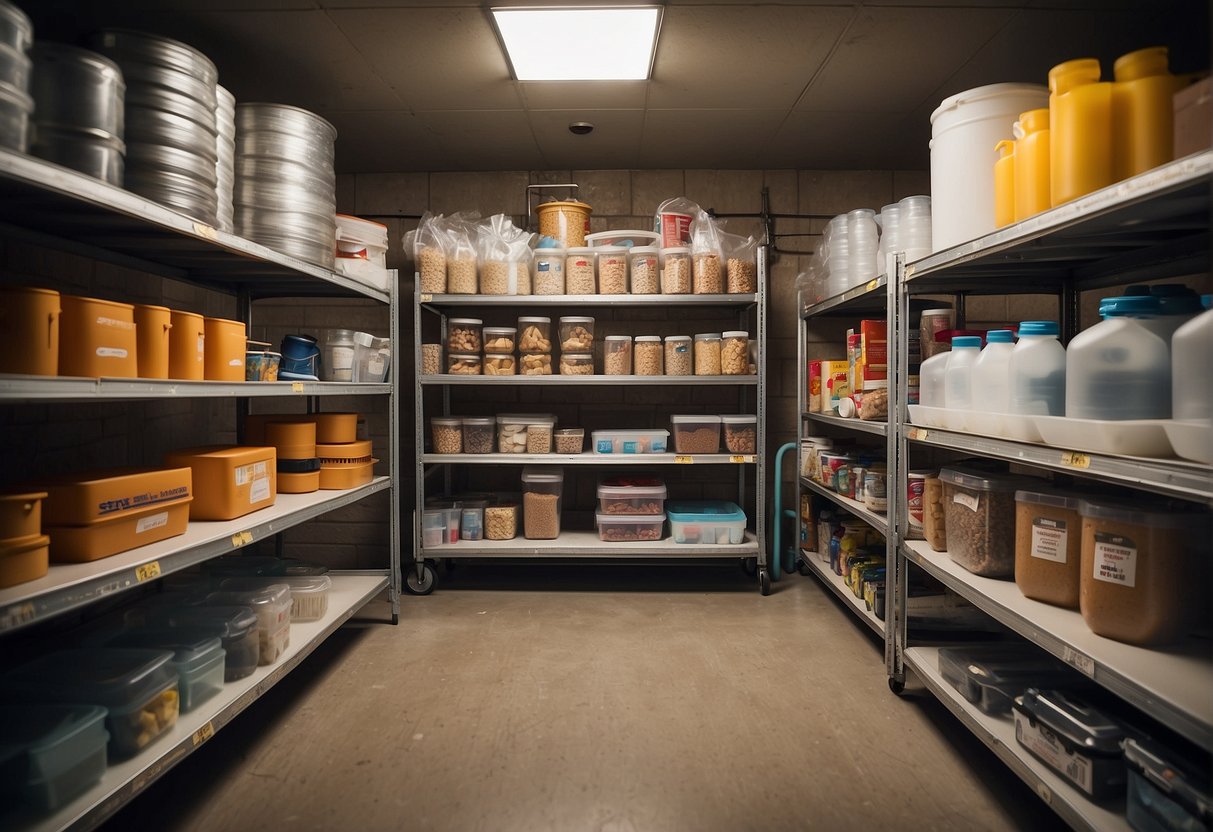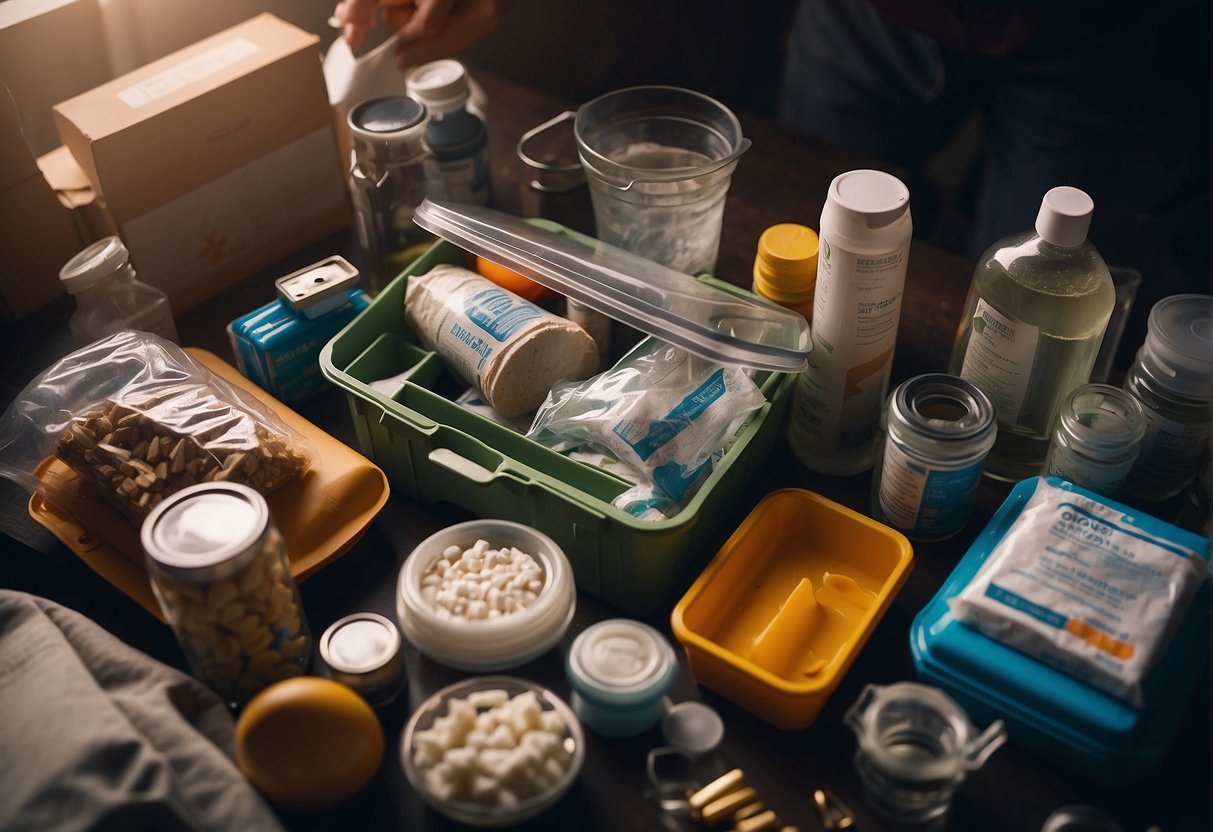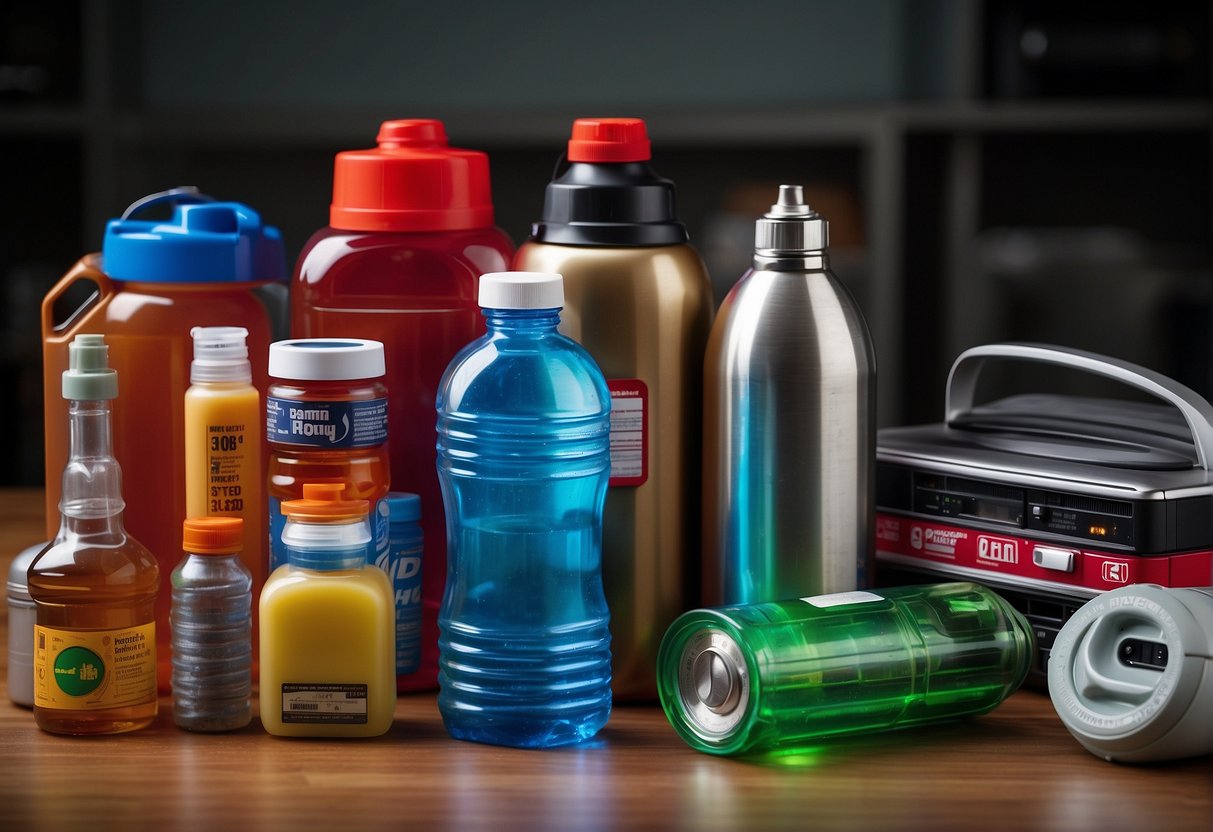Why You Need to Start Emergency Prepping Now
Emergency prepping is a topic that is often overlooked until it’s too late. Disasters can strike at any moment, and being prepared can make all the difference in the world.
In this article, we will explore the importance of emergency prepping and why you need to start taking it seriously.
Understanding the importance of prepping is the first step towards building a solid emergency plan.
Prepping is not just about stockpiling food and water, it’s about being mentally and physically prepared for any situation.
Essential prepping skills and knowledge include first aid, self-defense, and basic survival skills.
Building your emergency kit is also crucial, and it should contain everything you need to survive for at least 72 hours.
Practical steps to start prepping include creating an emergency plan, stocking up on supplies, and learning basic survival skills.
Advanced prepping considerations include things like long-term food storage, alternative energy sources, and advanced medical training.
By taking the time to prepare for emergencies, we can ensure that we are ready for anything that comes our way.
Key Takeaways
- Emergency prepping is crucial for being prepared for any situation.
- Essential prepping skills and knowledge include first aid, self-defense, and basic survival skills.
- Building your emergency kit and creating an emergency plan are practical steps to start prepping.
Understanding the Importance of Prepping
As we go about our daily lives, we rarely think about the possibility of emergencies or disasters. However, the truth is that emergencies can happen at any time, and being prepared can make all the difference in the world.
In this section, we will explore the importance of emergency prepping and how it can help us survive in the face of disasters.
Types of Emergencies and Disasters
Emergencies and disasters can come in many forms, from natural disasters like earthquakes, hurricanes, floods, and wildfires, to pandemics, economic collapse, house fires, active shooter situations, and even tsunamis.
While we cannot predict when or where these events will occur, we can take steps to prepare ourselves and our families for the worst-case scenario.
The Role of Self-Sufficiency in Survival
One of the key reasons why emergency prepping is so important is that it allows us to become more self-sufficient.
When an emergency occurs, it may take some time for help to arrive, and we may need to rely on our own resources to survive.
By stockpiling food, water, and other essential supplies, we can ensure that we have what we need to weather the storm.
Moreover, being self-sufficient can also give us a sense of control and peace of mind during a crisis.
When we know that we are prepared for emergencies, we can approach them with confidence and calmness, rather than fear and panic.
Essential Prepping Skills and Knowledge
As we begin our journey into emergency prepping, it is essential to understand the skills and knowledge required to ensure our survival.
In this section, we will cover three key areas of prepping: first aid and health management, food and water security, and shelter and safety priorities.
First Aid and Health Management
In any emergency situation, the ability to provide first aid and manage health issues is crucial.
We must be equipped with the necessary knowledge and supplies to handle injuries, illnesses, and medical emergencies.
Some essential skills to learn include CPR, wound care, and how to recognize and treat common illnesses.
We must also ensure that we have a well-stocked first aid kit that includes items such as bandages, antiseptics, and pain relievers.
It is also important to have any necessary medications on hand, including prescription medications, to manage chronic health conditions.
Food and Water Security
In an emergency situation, access to food and water may be limited or non-existent.
Therefore, it is essential to have a plan in place to ensure our food and water security.
We must have a sufficient supply of non-perishable food items, such as canned goods and dried foods, to last us for at least 72 hours.
We must also have a plan for water storage and purification.
Water purification tablets can be a useful tool in ensuring that we have access to clean drinking water.
Additionally, we must learn how to identify and collect safe sources of water in the event that our stored water supply runs out.
Shelter and Safety Priorities
In any emergency situation, our safety and shelter should be our top priorities.
We must have a plan in place for where we will go and how we will stay safe in the event of a disaster.
This may involve having a designated shelter location or knowing how to create a makeshift shelter using available materials.
We must also have the necessary tools and supplies to stay safe, such as flashlights, batteries, and a means of communication.
Additionally, we must learn how to maintain proper hygiene and sanitation in our shelter to prevent the spread of illness and disease.
Building Your Emergency Kit
When it comes to emergency prepping, one of the most crucial steps is building your emergency kit.
It’s important to have all the necessary items to ensure our survival in case of a disaster. In this section, we’ll discuss the key items for survival, as well as how to maintain and update your kit.
Key Items for Survival
The first step in building your emergency kit is to make sure you have all the necessary items for survival.
When it comes to food and water, it’s recommended to have at least three days’ worth of non-perishable food and one gallon of water per person per day.
Canned goods, dried food, and MREs (Meals Ready to Eat) are great options for emergency food.
In addition to food and water, it’s important to have a first aid kit, flashlight, and gear such as a radio and extra batteries.
Bandages, antiseptic, and over-the-counter medication are essential for any first aid kit.
A flashlight is necessary for navigating through dark spaces, and a radio can be used to stay updated on the latest news and weather updates.
Lastly, it’s recommended to have a bug-out bag or get-home bag, which is a portable kit that contains essential items to help you survive for at least 72 hours.
This bag should include items such as a map, compass, multi-tool, and extra clothing.
Maintaining and Updating Your Kit
Once you’ve built your emergency kit, it’s important to maintain and update it regularly.
This includes checking expiration dates on food and water, replacing batteries in your flashlight and radio, and restocking any used or expired items in your first aid kit.
It’s also important to consider your specific needs and circumstances when building your kit.
For example, if you have pets, make sure to include food and water for them as well.
If you live in an area prone to natural disasters such as hurricanes or earthquakes, consider adding additional supplies such as a shelter or tent.
Practical Steps to Start Prepping
As important as it is to recognize the need for emergency prepping, it can be overwhelming to know where to start. In this section, we will outline practical steps to get you started on your prepping journey.
Creating a Realistic Budget
One of the first things to consider when starting emergency prepping is creating a realistic budget.
It’s important to prioritize your spending and make sure you have enough money set aside for emergencies.
Start by identifying the most important items you need for survival and work your way down the list. This will help you allocate your budget more effectively.
Prepping Your Home and Family
The next step is to prepare your home and family.
This includes making sure you have enough food, water, and other supplies to last for at least two weeks.
It’s also important to have an evacuation plan in place in case you need to leave your home.
Make sure everyone in your family knows what to do in case of an emergency.
Training and Practice Routines
Finally, it’s important to practice and train for emergencies.
This includes practicing evacuation drills, learning first aid, and knowing how to use any emergency equipment you have.
Regular training and practice routines will help you be better prepared for any emergency situation.
Advanced Prepping Considerations
Long-Term Food and Water Solutions
When it comes to emergency prepping, long-term food and water solutions are essential.
We need to ensure that we have access to clean drinking water and a reliable source of food.
Canned food is a great option for long-term food storage, as it has a long shelf life and requires minimal preparation.
We should also consider growing our own food by starting a garden.
This will not only provide us with fresh produce but also make us more self-sufficient.
Another option for long-term water solutions is to store water in large containers.
We should aim to have at least one gallon of water per person per day.
It’s also important to have a water filtration system in place to ensure that we have access to clean water in case of an emergency.
Alternative Energy and Off-Grid Living
In addition to food and water, we should consider alternative energy sources for off-grid living.
Solar power is a popular option for those who want to live off the grid. You can install solar panels to generate electricity and store it in batteries for later use. Wind power and hydro-power are also viable options for generating electricity.
Off-grid living requires a certain level of self-sufficiency. We should consider homesteading and livestock to provide us with food and other essentials. It’s important to have an emergency preparedness checklist in place to ensure that we have everything we need to survive in case of an emergency.
Advanced prepping considerations are crucial for emergency preparedness. By focusing on long-term food and water solutions and alternative energy sources, we can increase our self-sufficiency and be better prepared for any emergency situation.






